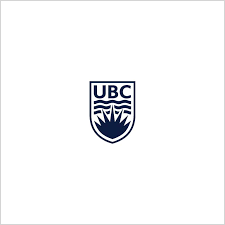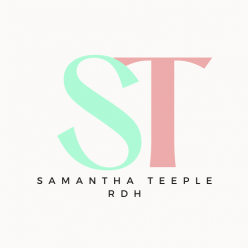The formal report is one of the most significant tasks to complete in the Technical Writing 301 class. This extensive report was laid out in small sections completed over the class term to the cumulation of the report in its entirety.
I feel that each component is an essential and buildable piece that paves the way to the next segment. The building blocks of a formal technical report include:
- Proposal-includes topic and secondary data sources
- Outline-headings and subheadings to guide report writing
- Primary data creation and collection-surveys or questionnaires
- Progress report-update on the progress of the formal report
- Formal report draft-as close as possible to final
- Final formal report-edited and perfected
The formal report writing process is similar in the amount of work to research and organize a research report. I am very accustomed to research reports and feel comfortable in the tasks of preparation and formatting. Assignment 3 included preparing a formal report draft, which initially seemed like an audacious task.
I was happy with selecting a topic to research that was of personal interest, and having small components introduced at a time made the formal report writing process manageable. Once I could draw similarities and vast differences between a formal report versus a research paper, I found the task of completing my draft easier.
I found through peer reviewing my classmate’s paper areas that I needed to change in my formal report and ended up referring to the textbook to ensure proper procedures were followed by us both. Reviewing my peer’s work, I realized key components I missed and wanted to provide text pages as references to my peer. In pursuing text references for my peer, I would pick up on things I didn’t see or didn’t place importance on previously.

Overall, I learned that any report is a sizable time commitment in preparation and completion. I am happy to have expanded my learning to include a formal report as this is a very technical document required in most workplace situations.
As a UBC student there is support offered through the centre for writing and scholarly communication with writing consultations and workshops. By clicking the UBC link to the left side you will be directed to their homepage.
Best of luck in your academic writing pursuits.



